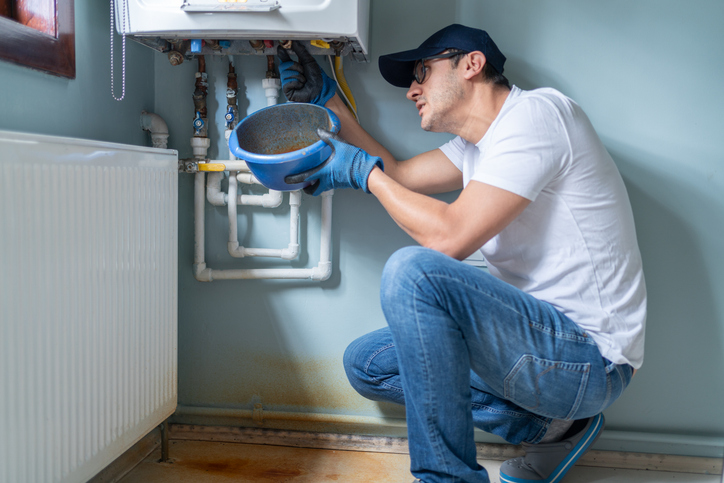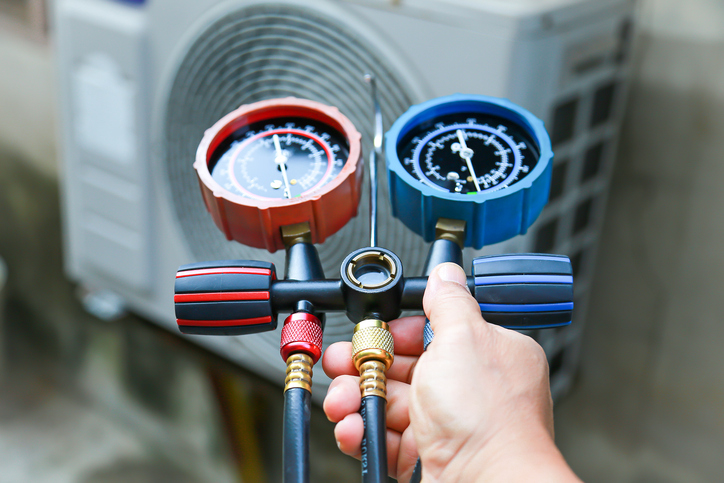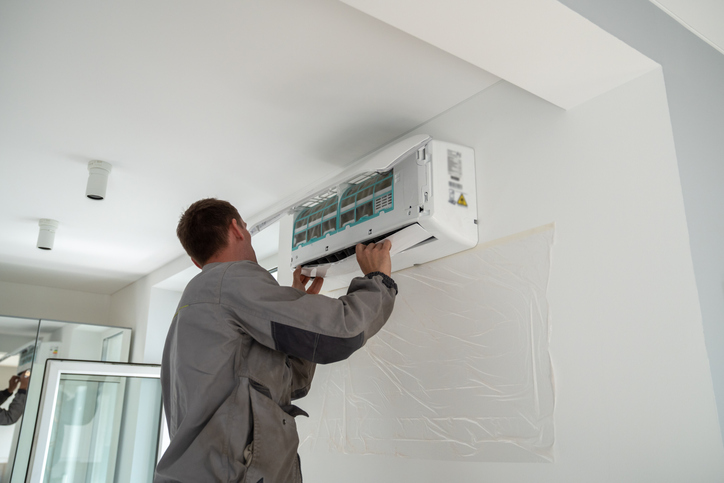Climate change is altering the way we experience seasonal weather, impacting not only our daily lives but also the systems that keep our homes comfortable. With extreme temperature fluctuations and prolonged cold spells becoming more common, furnaces are being pushed to their limits. These changes have led to increased wear and tear on heating systems, making regular maintenance and timely furnace repairs more crucial than ever. Understanding the relationship between climate change and furnace performance is essential to keeping your home warm and energy-efficient.
1. Increased Strain on Furnaces Due to Extreme Weather
Climate change has brought more frequent and intense cold snaps, which force furnaces to work harder than ever before. This constant strain can lead to a higher risk of component failure, including blower motors, heat exchangers, and thermostats. As a result, furnace repairs are becoming more frequent, particularly during the peak of winter. Homeowners should prepare for these demands by scheduling regular maintenance to ensure their furnaces can handle the increased workload.
2. Prolonged Heating Seasons and System Fatigue
With milder autumns transitioning to sudden, harsh winters and extended cold periods lasting into spring, furnaces now operate for longer durations each year. This extended usage leads to system fatigue, increasing the likelihood of breakdowns. Components like filters and belts wear out faster, while the risk of overheating and safety switch failures also rises. Homeowners should be proactive in replacing worn parts and upgrading their systems to cope with these longer heating seasons.
3. Moisture Issues Leading to Corrosion and Rust
Rising humidity levels caused by climate change can have a direct impact on your furnace. Excess moisture in the air can lead to the formation of rust on key components, such as burners and heat exchangers, which may compromise the system’s safety and efficiency. Over time, this corrosion can cause severe damage, necessitating costly repairs or even a complete system replacement. Investing in proper ventilation and dehumidification can help protect your furnace from these moisture-related issues.
4. Power Surges from Unstable Weather Patterns
Climate change has also increased the frequency of storms and power outages. Power surges during these events can damage a furnace’s electrical components, including circuit boards, igniters, and controls. Protecting your furnace with surge protectors or backup power systems can prevent costly repairs and ensure your heating system remains operational during extreme weather events.
5. Rising Energy Costs and Efficiency Challenges
Climate change’s unpredictable weather patterns often lead to higher energy consumption. Furnaces must cycle on and off more frequently to maintain a consistent indoor temperature, which can decrease efficiency and raise utility bills. To combat this, many homeowners are turning to high-efficiency furnaces and programmable thermostats. These upgrades not only reduce energy costs but also put less strain on the furnace, reducing the need for frequent repairs.
6. The Importance of Insulation and Weatherproofing
As temperatures fluctuate more dramatically, homes with poor insulation are especially vulnerable to furnace strain. Heat loss through walls, windows, and doors forces furnaces to work harder to maintain indoor warmth. This additional strain can lead to premature wear and tear. By improving insulation and weatherproofing your home, you can reduce the burden on your furnace and extend its lifespan.
7. Adapting Furnace Technology to Climate Realities
To address the challenges posed by climate change, furnace manufacturers are developing more resilient and adaptive systems. Modern furnaces come equipped with advanced diagnostics, variable-speed blowers, and smart thermostats that optimize performance under varying conditions. These technologies help minimize the risk of breakdowns and improve energy efficiency, making them a valuable investment for homeowners looking to future-proof their heating systems.
8. The Role of Preventative Maintenance in Reducing Repairs
Preventative maintenance has never been more important in the face of climate change. Regular tune-ups help identify and resolve minor issues before they escalate into costly repairs. Cleaning components, replacing filters, and inspecting electrical connections ensure your furnace operates at peak efficiency throughout the heating season. By investing in annual maintenance, you can mitigate the impact of climate-related stress on your furnace and avoid inconvenient breakdowns.
Climate change is reshaping the demands placed on furnaces, leading to increased repair needs and higher operating costs. By understanding how extreme weather and fluctuating temperatures affect your heating system, you can take proactive steps to protect it and ensure its reliability. From upgrading to energy-efficient models to implementing regular maintenance, these measures will help you stay comfortable in changing climate conditions.
Don’t let climate change leave you in the cold. Schedule a furnace inspection with a trusted HVAC professional from John’s Air Conditioning and Heating Service. Call us at (813) 689-2722 to ensure your furnace is prepared for the challenges ahead.











